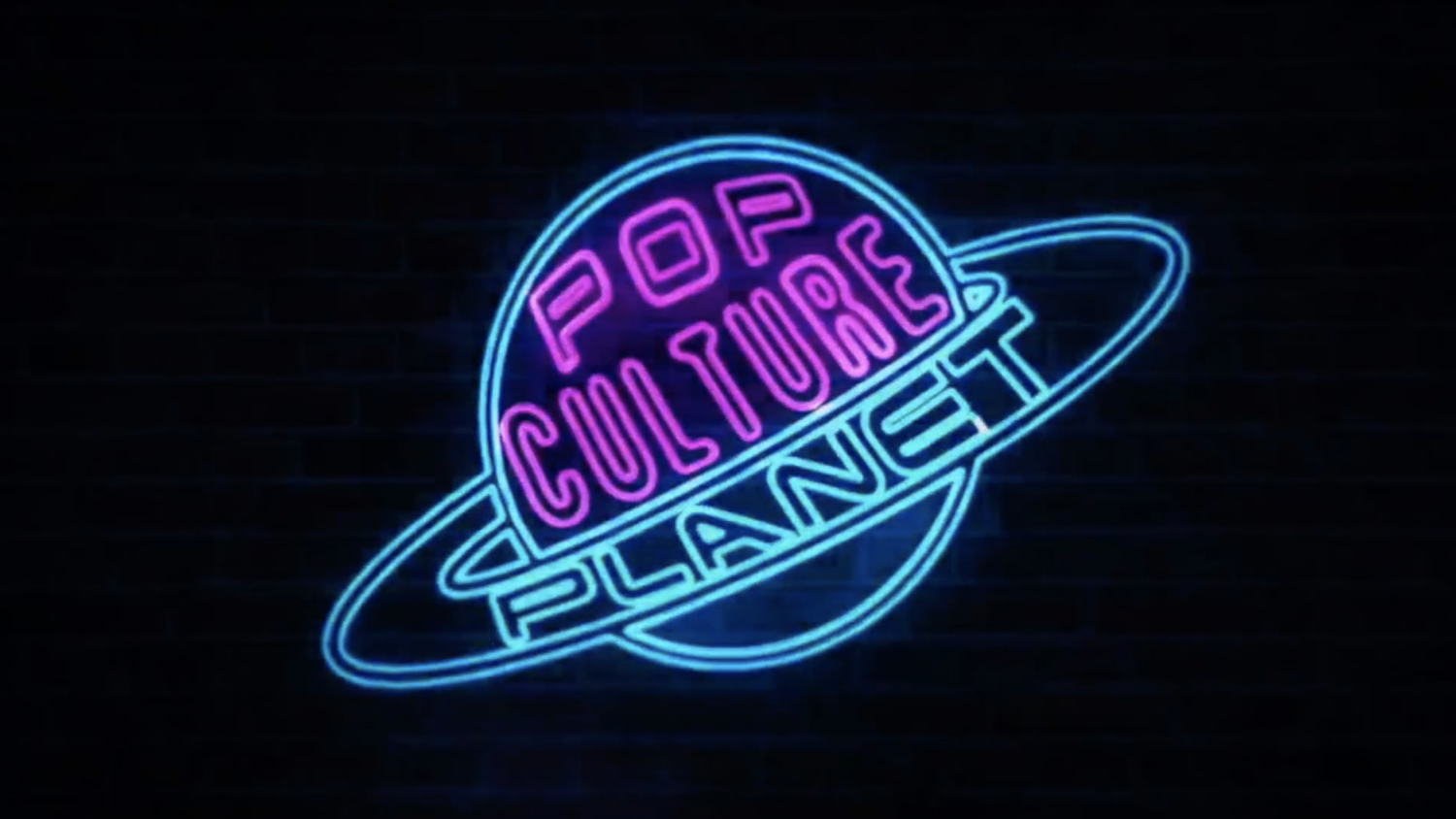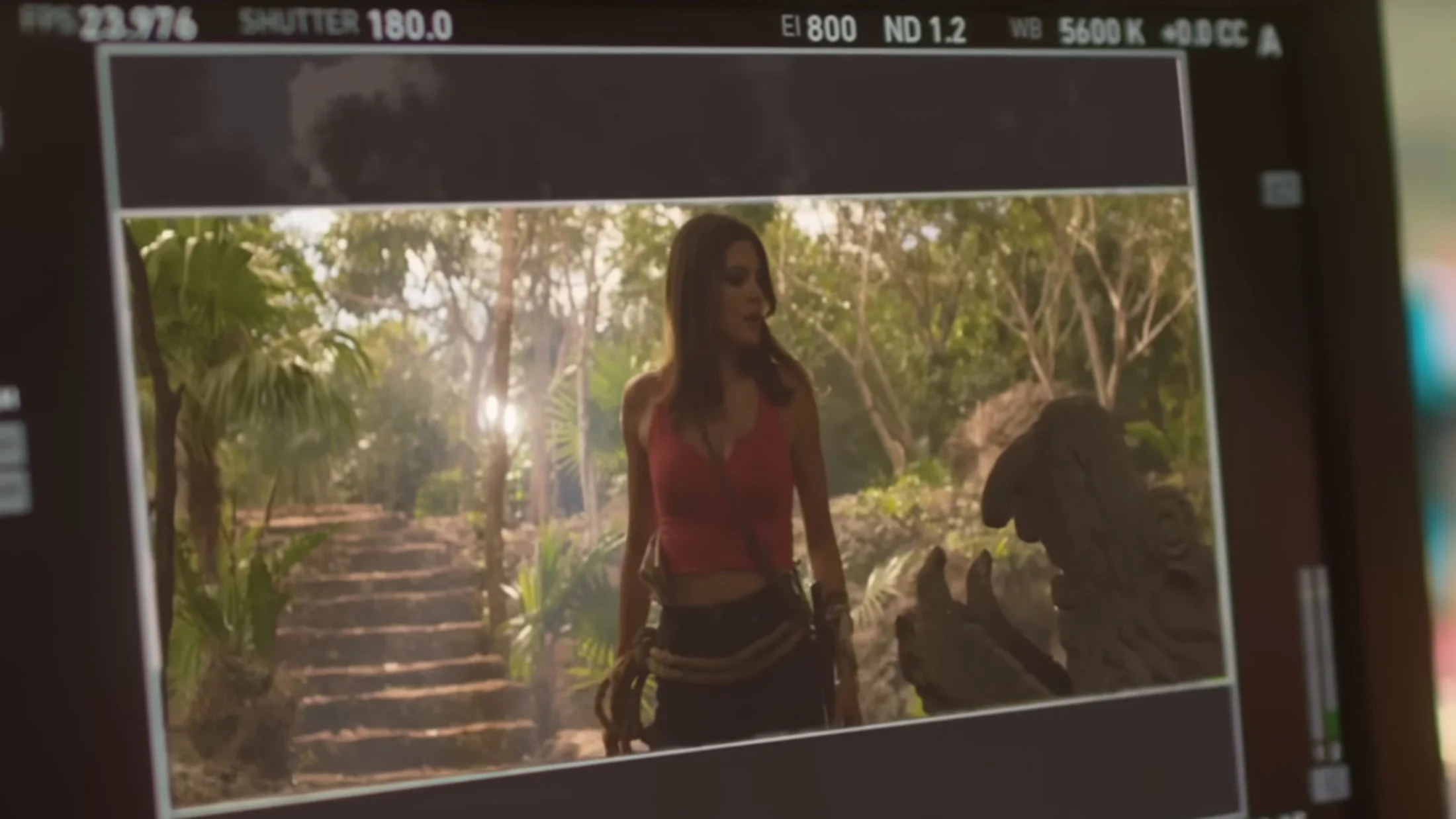Diego Boneta and Jonah Feingold Celebrate Mexico City and Movie References In At Midnight
Fate brings together an ambitious hotel manager and a movie star who finds themselves drawn to each other in Paramount+’s At Midnight. Kristen Maldonado spoke with Diego actor and producer Diego Boneta and director and co-writer Jonah Feingold for Pop Culture Planet about filming a movie within a movie and the magic of romance in Mexico.
“We saw a big opportunity because we love rom-coms, but we haven't seen a Hollywood rom-com shot in Mexico. Cities in rom-coms… I feel they’re like characters. You see Midnight in Paris and you want to go to Paris. You see the Holiday, you want to go to LA or London. That’s what we wanted to create. We wanted it to feel like a classic 90s rom-com,” said Boneta, as he shared the incredible award-winning Mexican filmmakers and producers behind La La Land that got together starting in 2018 to bring this project to life. “It was almost like having the best of Mexico with the best of Hollywood.”
Showcasing Mexico in a positive light and representing for the Latino experience was a huge priority for Boneta. “That's, to me, the most important. I'm from Mexico City. I'm so proud of being Mexican and I want to show Mexico in a good light. You see a lot of stories about Narcos and drug lords and it's a sad reality, but it's not everything our country has to offer as Latinos,” he shared about his goals for his new production company Three Amigos. “Seeing what artists like Bad Bunny are doing and J Balvin, it's amazing. There's so many different cultures within the Latino community. It’s not just one. Father of the Bride, which was a movie that I did that came out this past summer, showcases that. You have a Cuban family marrying a Mexican guy and showing all the different cultures. Just because we speak Spanish, it doesn’t make us the same. We share the language, but the foods are different, the cultures are different, the music is different. I think it’s important for the world to see that.”
At Midnight was an “extra special” project for Boneta as it was the first one he produced under his production company Three Amigos. “My goal is to be the best version of me that I can be. It all started with Luis Miguel, which was the first project that I produced. Then Michel Franco invited me to produce New Order with him, which was the first movie that I produced. Then I started my own production company with my sister [and] my manager [who is] one of my best friends. We started it together and right now we're working on a lot of projects. This was the first project that we ever developed and the first project that we shot, which made it extra special. Now there's a lot of different things that we're working on — mini-series, series, movies, podcasts,” he said. “I just want to work with the best people. I just want to work with the best filmmakers, the best producers, and have it be a learning experience and have it be a challenge.”
Meanwhile, director Feingold opened up about the themes of the film that they explored through magical realism. “One of the things we really cared about is: is life a movie? What does it mean to romanticize life, to see life as a film? There's a great Hannah Montana song called “If We Were A Movie” that's all about […] the idea. It's up to you to decide,” he shared. “There's been wonderful movies that have won Oscars about the making of movies. We wanted to have our own little language. I think ours is very character driven, you know? It's not these massive sets. It's more character moments on set. It shows you the guy in the green suit and the blending of the worlds. I think that’s what ours perhaps does a bit differently. I really had a fun time doing that. We got to homage movies like Day for Night which is the François Truffaut film about the making of his French movie. […] The crew in the movie is our actual crew in the fake scenes for the movie so it was all [our] wonderful little production.”
He also revealed two of the most challenging moments he faced on set. “We were in a cenote which is an underground body of water formed by a meteor. You know, meteors that once crashed on Earth. There's no cell service, all the trucks are stuck in mud, and it's me, the camera, Monica [Barbaro], my wonderful cinematographer Chewie Chavez, and a bunch of bats over our head. Monica has a very important moment here she needs to cry and she's doing a great job, […] but there's this water and cameras and gear and it just starts to thunderstorm everywhere. You kind of just have to laugh,” he shared. “The second moment is during the Mexico City sequence. I grew up very dyslexic and it was hard to learn a language, but [there’s] this wonderful sequence with the family — Diego's character's family. I was really intimidated because I couldn't speak Spanish that great. Ultimately it all worked out, but it was the most intimidating scene to shoot just because I didn't quite know how it was going to work. Then you realize that you can just feel it, like you can just feel the energy between actors. That's how you know if the take’s good or not. I'm really happy with the way that sequence turned out as well.”
At Midnight is streaming on Paramount+ — and check out our review of the film, below:




